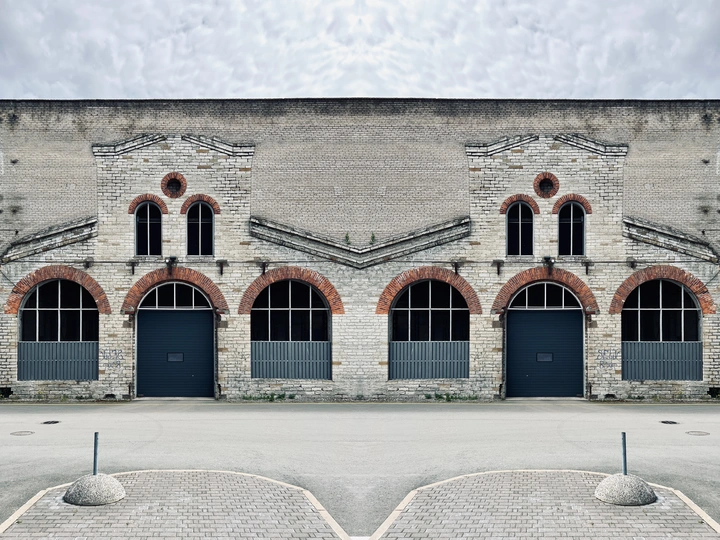Silicate Ontology

Iiris Tähti Toom
Spatialist Studio is an architectural design and research practice led by Henri Kopra and Iiris Tähti Toom.
Having studied BSc Architecture at the universities of Nottingham and Bath respectively, Henri and Iiris founded the Studio upon graduating from the University of Cambridge's MPhil in Architecture and Urban Design.
The Studio works at the intersections of architecture, public policy, and social design, with particular interests in public space and urban history. Recent projects and publications include a fully circular renovation of the Kopli 93 Community Centre's courtyard, an experimental pavilion of locally harvested eelgrass, an exhibition around the material history of silicate brick, and a popular science publication on the architectural potential of urban gardening.
Henri and Iiris are visiting lecturers at the Estonian Academy of Arts and Tallinn University of Technology, supervising BA and MA studios on topics of digital design, equitable planning, and social transformation.
The Studio's work has been shortlisted for the 2025 New European Bauhaus Prize and 2024 Estonian Architecture Awards.
Faced with climate crises and resource depletion, architects are increasingly finding new hope in old materials, with processes of circularity broadly lauded as local solutions to global issues. However, these efforts are often hindered by the practical reality that the materials primarily disposed of do not match those deemed worthy of reuse.
Estonian praxis has revealed that circularity is not only hindered by technical challenges, but a slew of semiotic complexities often overshadowed by the dominant technocratic discourse. At their core, processes of reuse stem from cultural value judgments of materials being worth using and reusing. But what constitutes value? How can a material’s social stigma be untethered from its technical potential? This inquiry focuses on one of the most ubiquitous, yet ideologically burdened building materials in Estonia – silicate brick. Coupling its material evolution with the changes in its public perception, we examine the origins and endurance of silicate’s negative connotations. We ask whether – and how – a material so deeply saturated with Soviet stigma might be reborn anew.